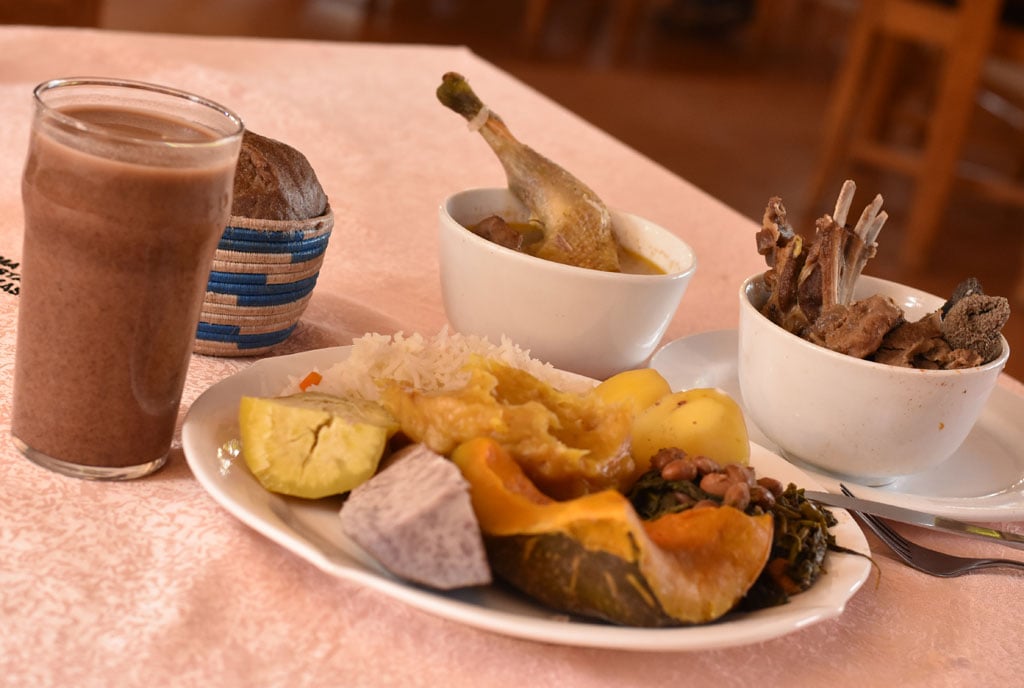Eating healthy at your place of work

What you need to know:
- While at the workplace, you should not always head for the nearby fast food joint and vendors to satisfy your hunger. Instead, reach for nutritious pieces of fresh fruits that are in season, dried fruit or yoghurt.
Eating a healthy diet at the workplace can help you control weight and reduce the risk of lifestyle diseases. If breakfast has to be taken at work, food items should include fresh fruit, yoghurt, low-fat milk and whole grain foods. Pastries and doughnuts should not be taken regularly.
An adequate, nutrient-dense and balanced lunch helps one sail through the entire afternoon. Lunch provides a brief break from work. Lunch time is also a good opportunity to refresh one’s energy level for the remainder of the workday. A balanced lunch includes a tasty protein food, vegetables and fruit. Putting all these food items in an insulated lunch bag is easy.
It is important to plan and pack foods that are nutritious, appealing and are easy to eat while you are working. You will not only save money, but you will eat healthier too.
Consider the following when packing lunch for the workplace:
A savoury salad or vegetable wrap which can be made using chicken, beef or fish fillet.
Add colourful and nutritious vegetables to your meal such as spinach, lettuce, sliced tomatoes, red peppers or cucumber slices. Use low-fat cheese for extra calcium, protein and flavour.
Carry homemade soup, or purchase a low-fat, low-salt prepared soup. Drink water, fat free milk or sugar free drinks as your lunch beverage.
If you have access to a microwave oven at your workplace, you can carry steamer vegetables (vegetables that can be cooked in a microwave).
It is easy to pack fresh fruits and they make a sweet dessert for your lunch.
Read labels when purchasing frozen, prepared (convenient) lunch meals. Choose the low-salt, low-fat options. Use whole grain wraps and breads to enhance the nutrient density of your meal.
When buying convenient or ready to eat food items to pack for lunch, choose salads that include fat-free dressings on the side and lean meat as well as low-fat cheese.
Yoghurt with added fresh fruit chunks is a satisfying meal or snack. You can also sprinkle a handful of crunchy granola on top.
Afternoon snack
A handful of salt-free walnuts or almonds makes an excellent snack that adds some protein for some afternoon energy.
Carry to work a container full of broccoli pieces, red and green pepper rings, cucumber, fresh green beans, cherry tomatoes, baby carrots, snow peas or celery sticks.
Consider consuming fresh fruit or crunchy colourful vegetables.
If you have access to a refrigerator at work, keep a few low-fat containers of yoghurt for a quick snack or lunch.
Keep a zip-lock bag at work containing easy to eat snacks such as raisins, dried cranberries, pumpkins or sunflower seeds, or a dried fruit combination of your choice. A granola bar can also be carried as an afternoon snack.
Food items for meetings
For meetings, choose a variety of foods that are low in fat, low in sugar and not energy dense but are rather nutrient dense.
Always remember to read labels to understand the ingredients in foods and to keep portion sizes reasonable. Use the following ideas to guide you:
Breakfast refreshments should include fresh fruit, yoghurt, low-fat milk and whole grain foods. Avoid serving pastries and doughnuts regularly for breakfast.
Fruit juices and club soda can be used as light and refreshing drinks.
Water is a refreshing drink during a meeting. Small bottles of water can be provided for a simple beverage solution.
Encourage co-workers to share ideas in the preparation and consumption of healthy meals by having each employee bring in a cut/chopped fruit or vegetable that can be combined to create a super salad bowl. The result will be a healthy, fun and interesting meal.




